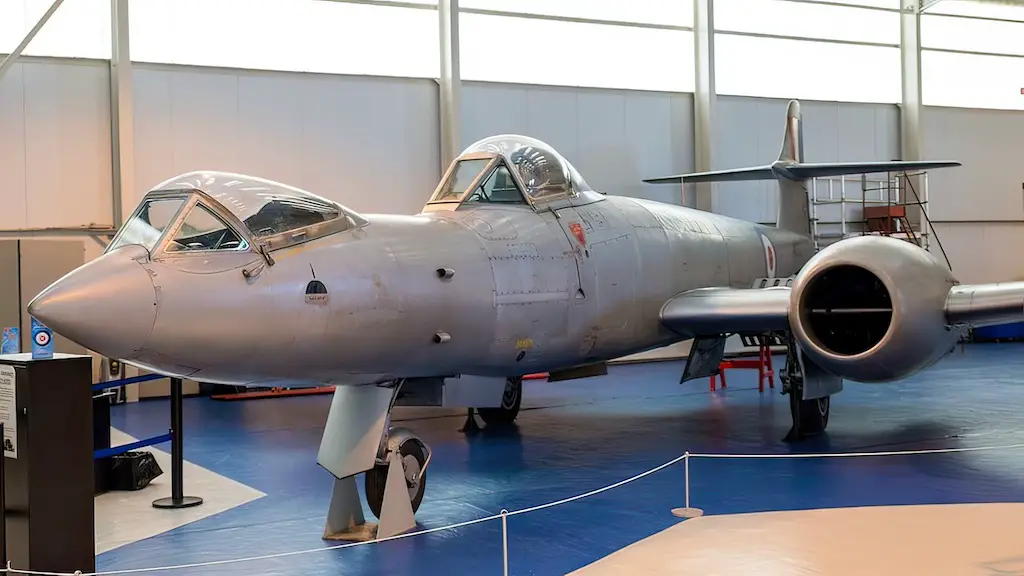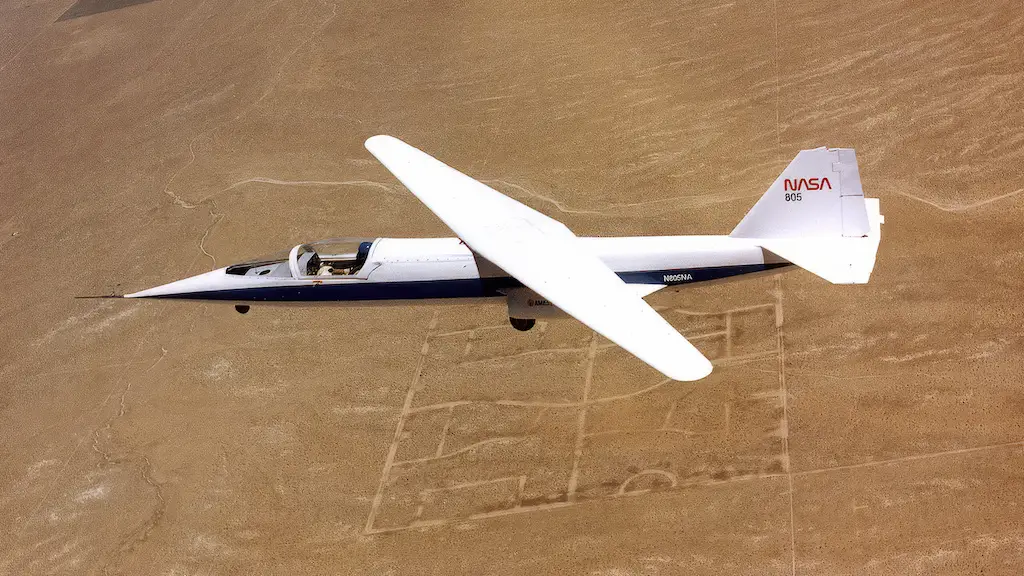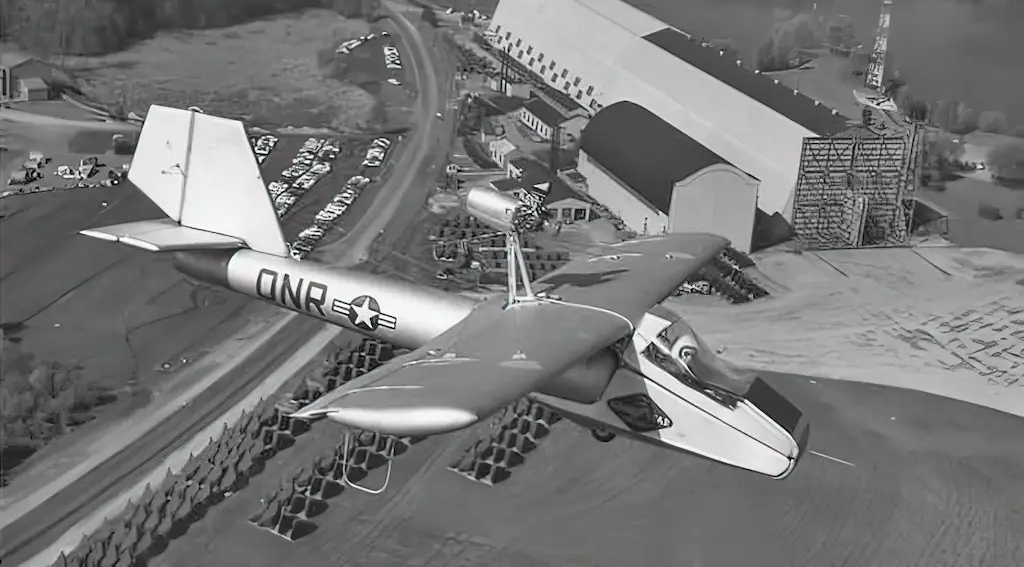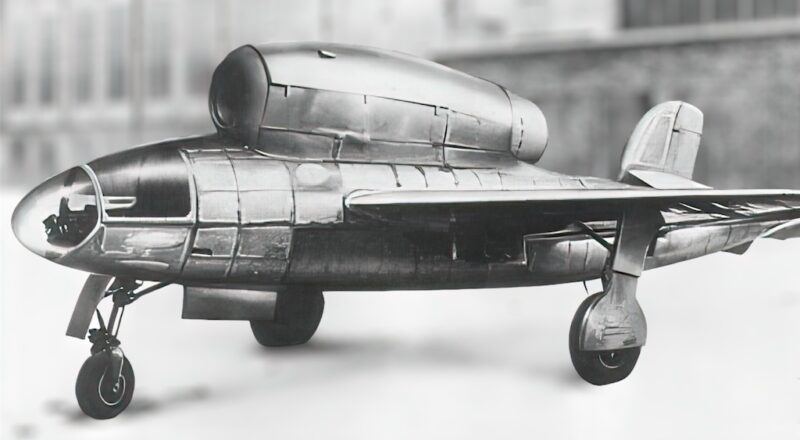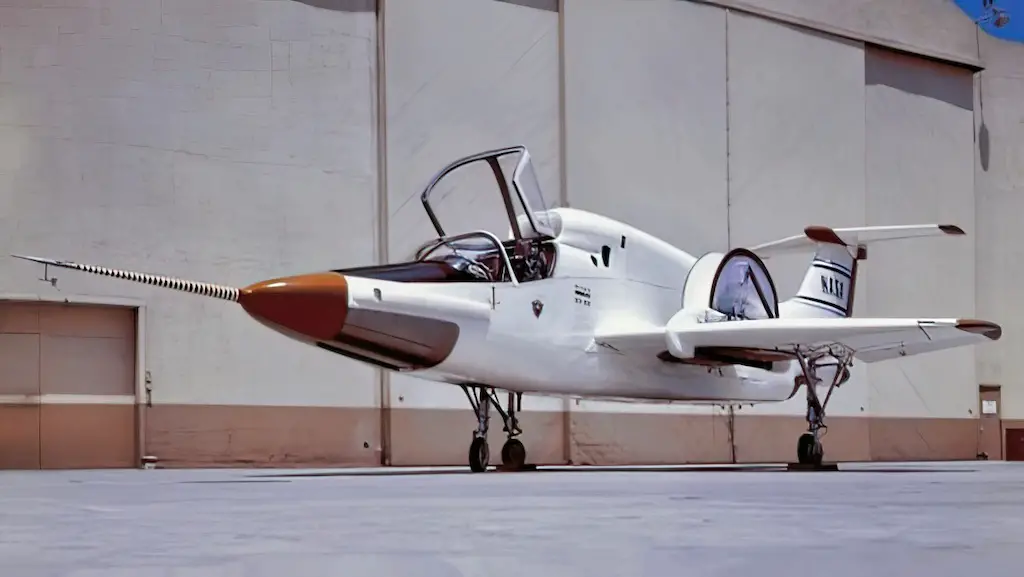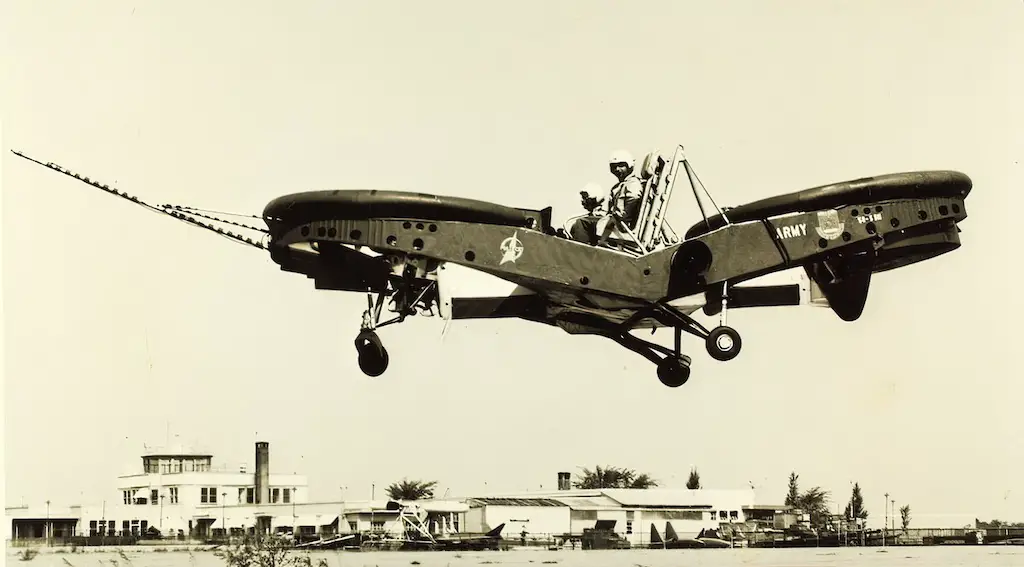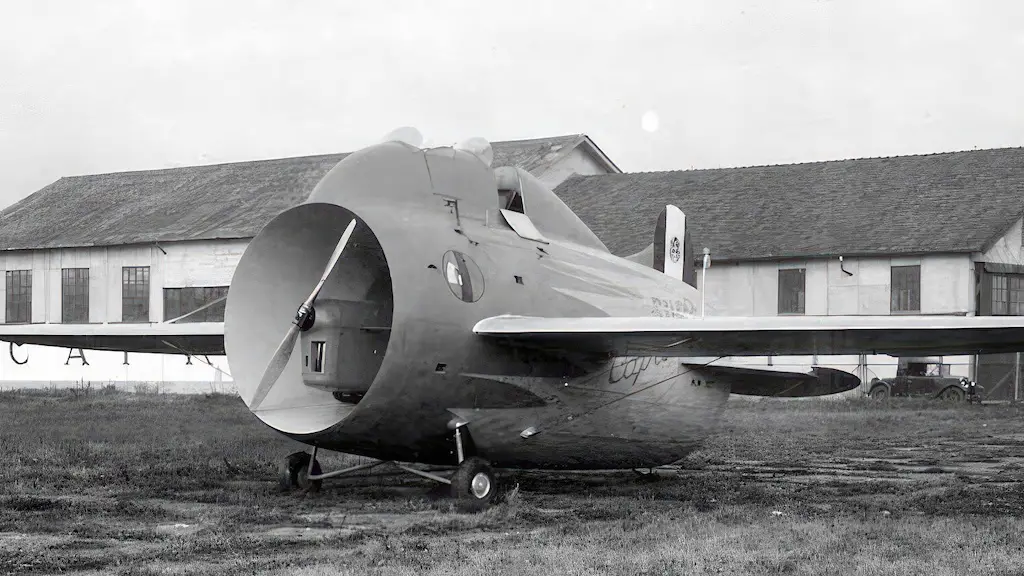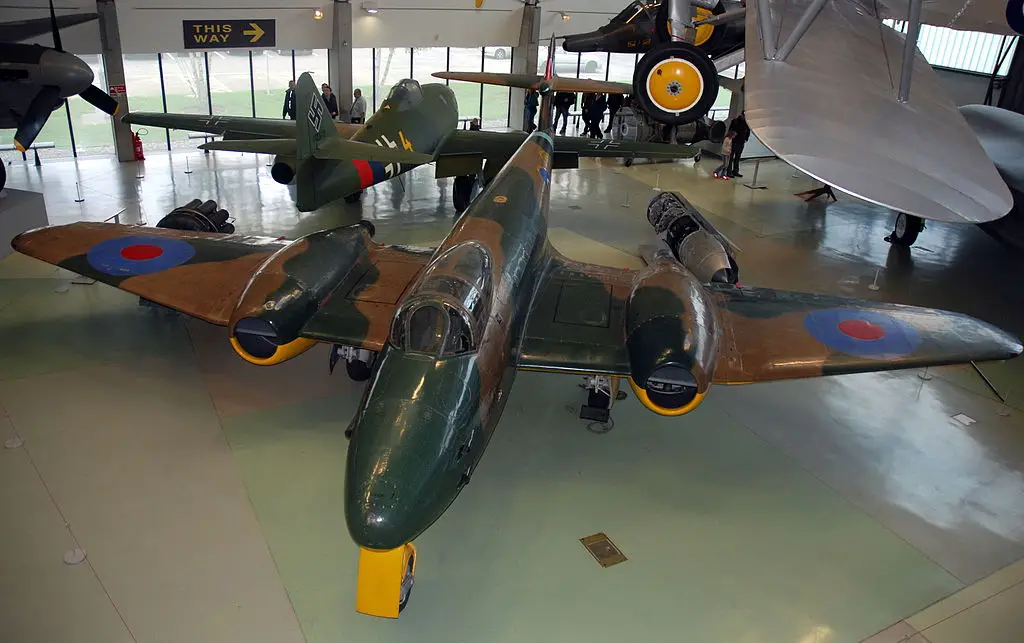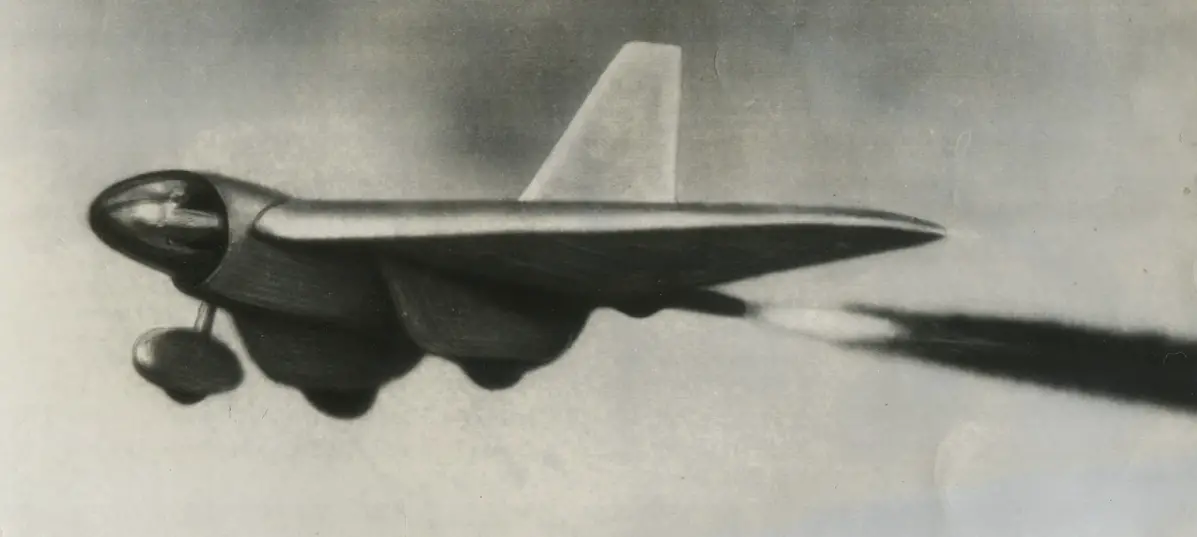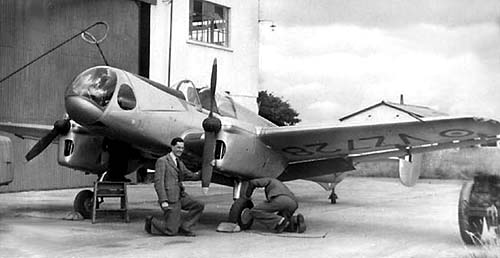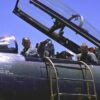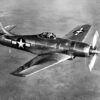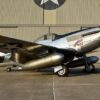At the dawn of the jet era answers to even such seemingly simple questions as whether a jet fighter pilot should sit or lie inside the aircraft were far from obvious and had to be found through test and trial. In the mid-1950s, Armstrong-Whitworth engineers modified a Gloster Meteor—the first British fighter jet—to investigate the feasibility of placing the pilot in a front-down prone position.
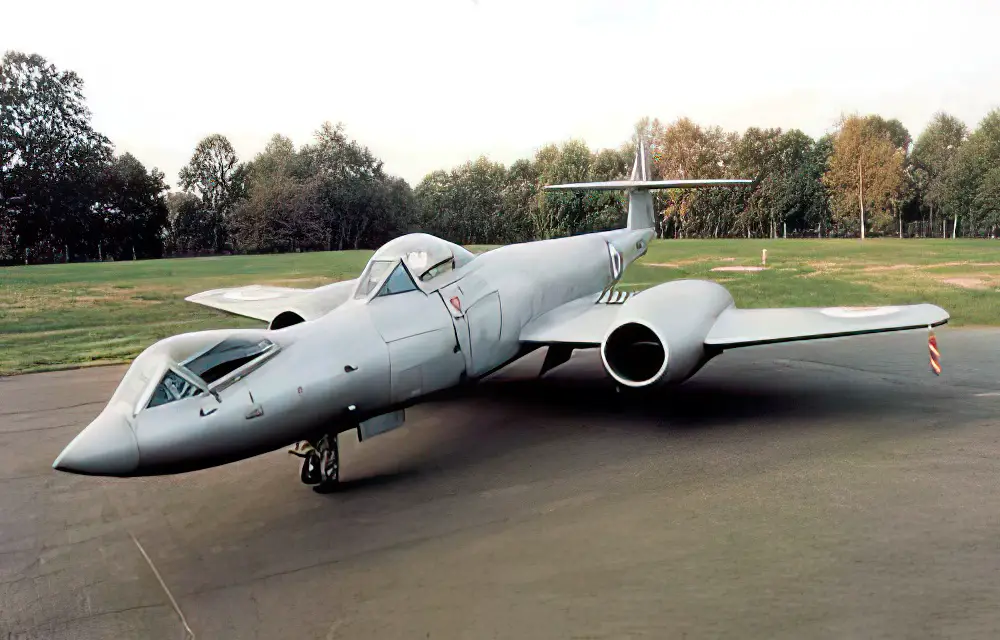
Why lying down looked like a nice idea
The prone position was intended to help pilots cope with the effects of gravity during high-g maneuvers. Increasing g reduces the flow of blood to the brain, and lying down is a good way to counter that effect. There was also another consideration, reduced drag. An airframe featuring such configuration would have smaller frontal area and therefore better aerodynamics.
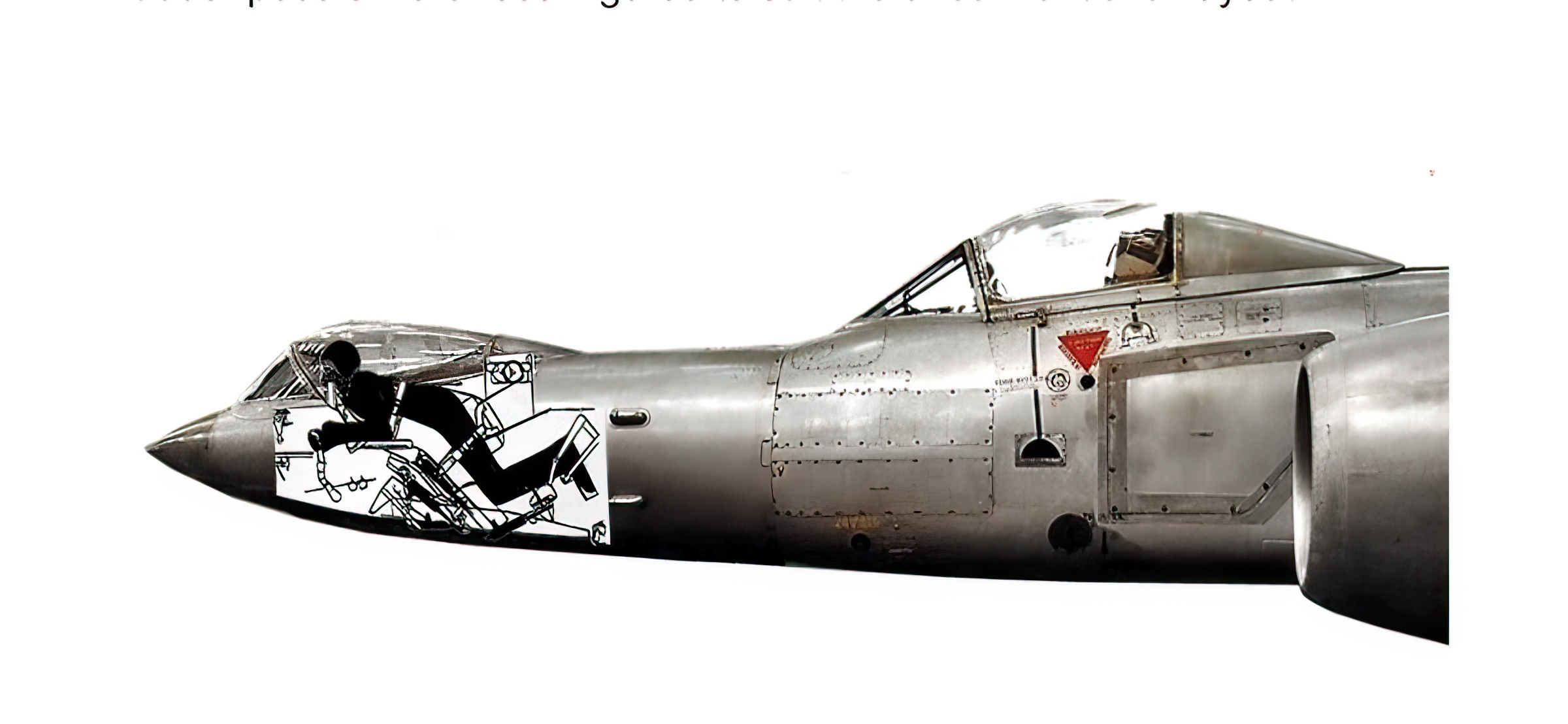
Prior to the Meteor, such arrangement had been used on Northrop MX-324 Rocket Wing experimental aircraft and the Reid & Sigrist Bobsleigh plane. The MX-324, however, made most of its flights as a glider, and the Bobsleigh was a propeller plane much slower than the Meteor. Thus, feasibility of the idea for a fighter jet required new testing. In late 1954 the Institute of Aviation Medicine received such an experimental aircraft.
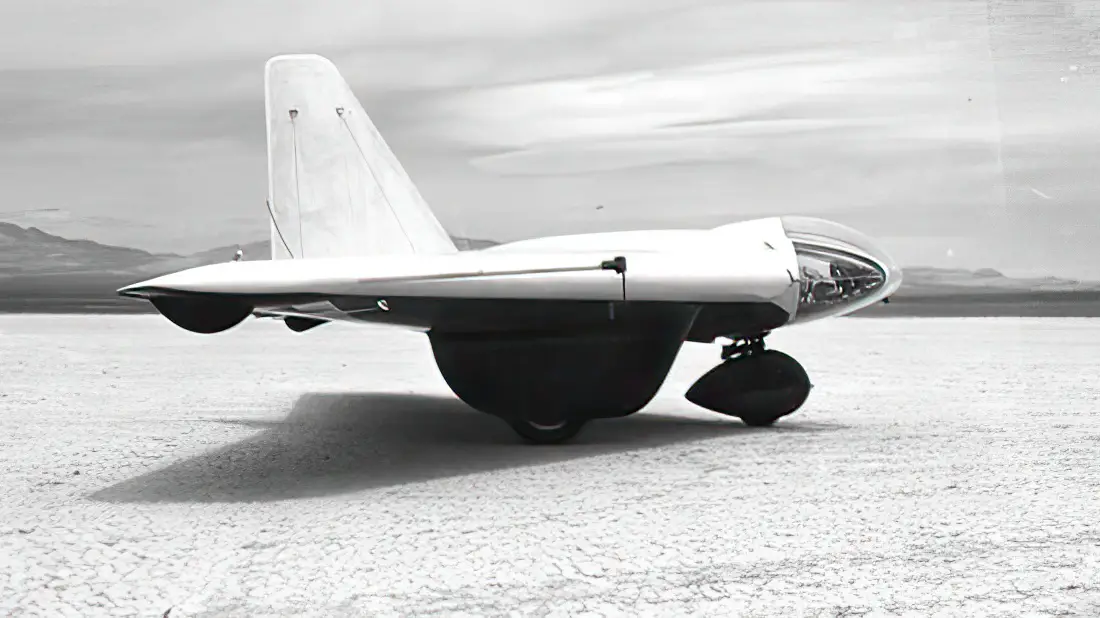
The Meteor gets a Pinocchio role
A Gloster Meteor Mk 8 airframe chosen for the task underwent little changes, except for getting a much longer nose and a bigger rudder borrowed from a Meteor Mk 12. The latter was necessary to compensate for the loss of stability caused by the nose modification.
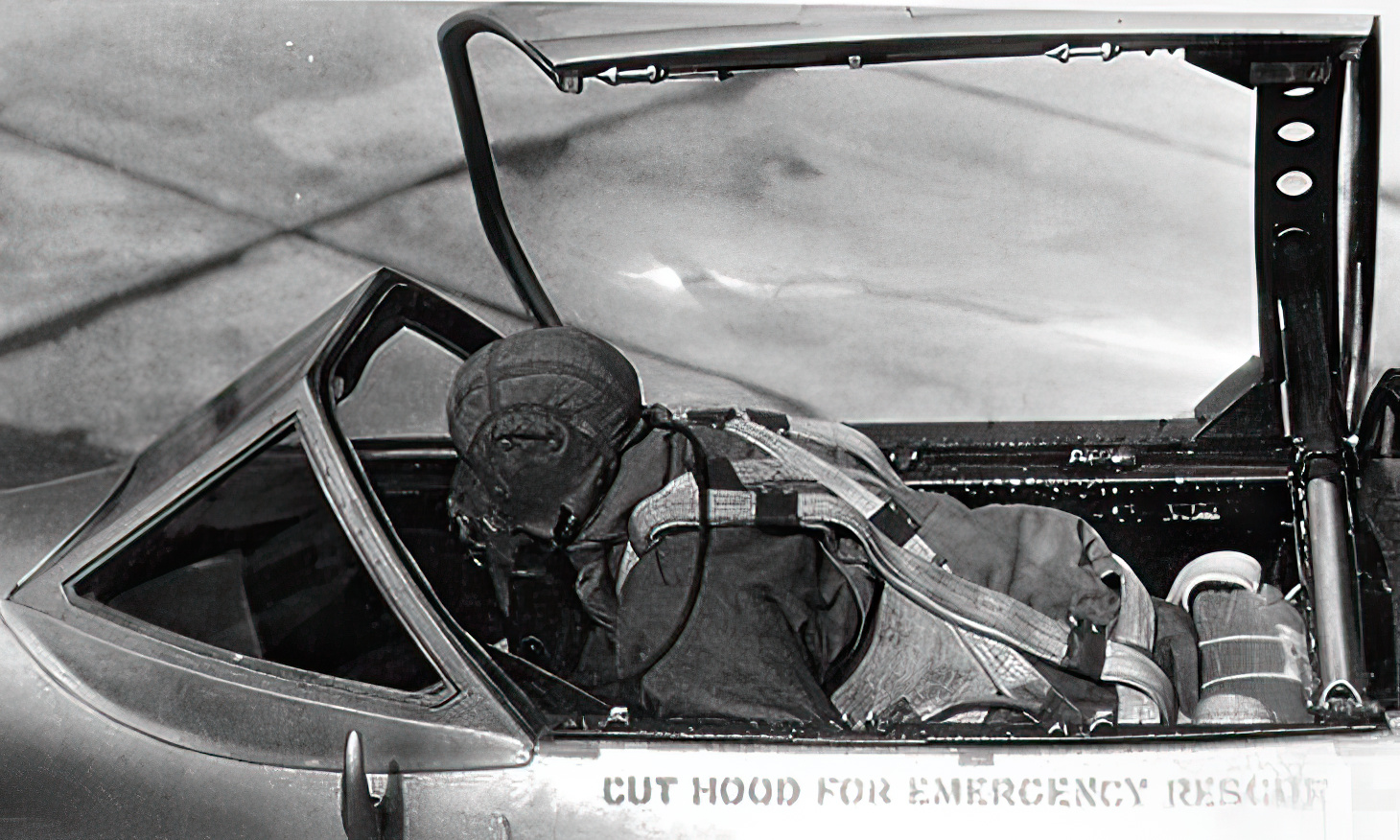
The prone pilot lied on a custom-built couch in the nose section. He had at his disposal a full set of hydraulically boosted aircraft controls. The testbed also retained the conventional cockpit with all the standard flight controls and a switch passing the control of the aircraft to the forward cockpit. In fact, it never flew with only the prone pilot. Throughout the test program a second flier always sat in the other cockpit for safety reasons.
No looking back
While the prone position Meteor did, indeed, have some advantages over its conventional variant, most notably greater tolerance of high-g maneuvers, it also had serious drawbacks. Arguably, the most important of those was limited visibility. Lying on his stomach, the pilot literally could not look anywhere but forward.
Maybe today that issue would be easier to solve, for example, using a set of digital cameras. At the time, however, it was a total no-go for a fighter. Especially, given the fact that close quarter dogfights were still a common practice.
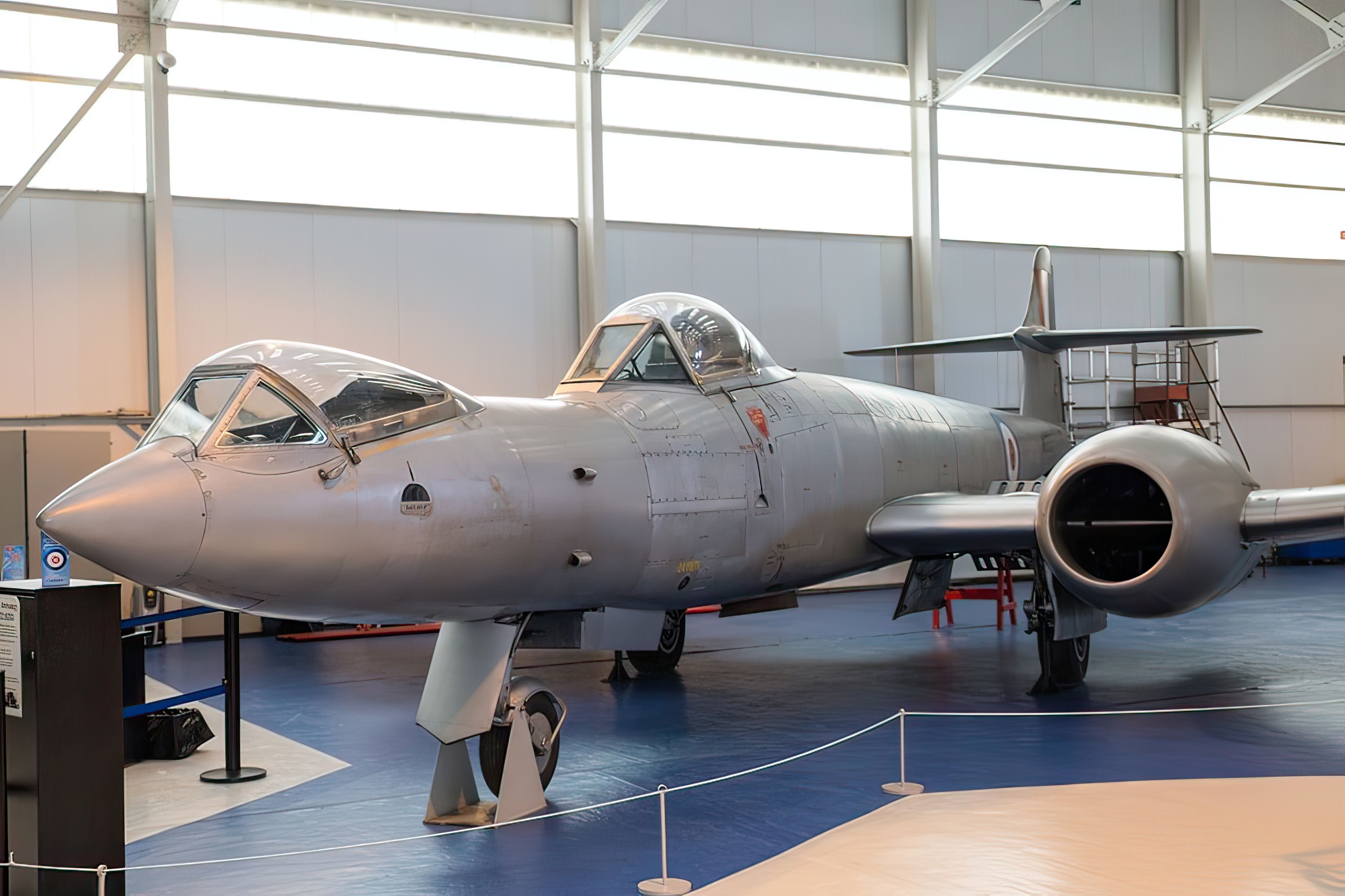
Stuck in a cold place
Pilots flying the converted meteor complained about the low availability of movement. In particular, a limited degree of arm movement. Essentially, they could only move their forearms, which made it difficult for them to manipulate the flight controls. Not very conducive to successful aerial warfare either. Prone pilots also reported feeling cold and numbness during flights.
On top of all that the aircraft had a very complex egress procedure. To get out of it in an emergency the pilot had to first jettison rudder pedals and then crawl backward to the escape hatch.
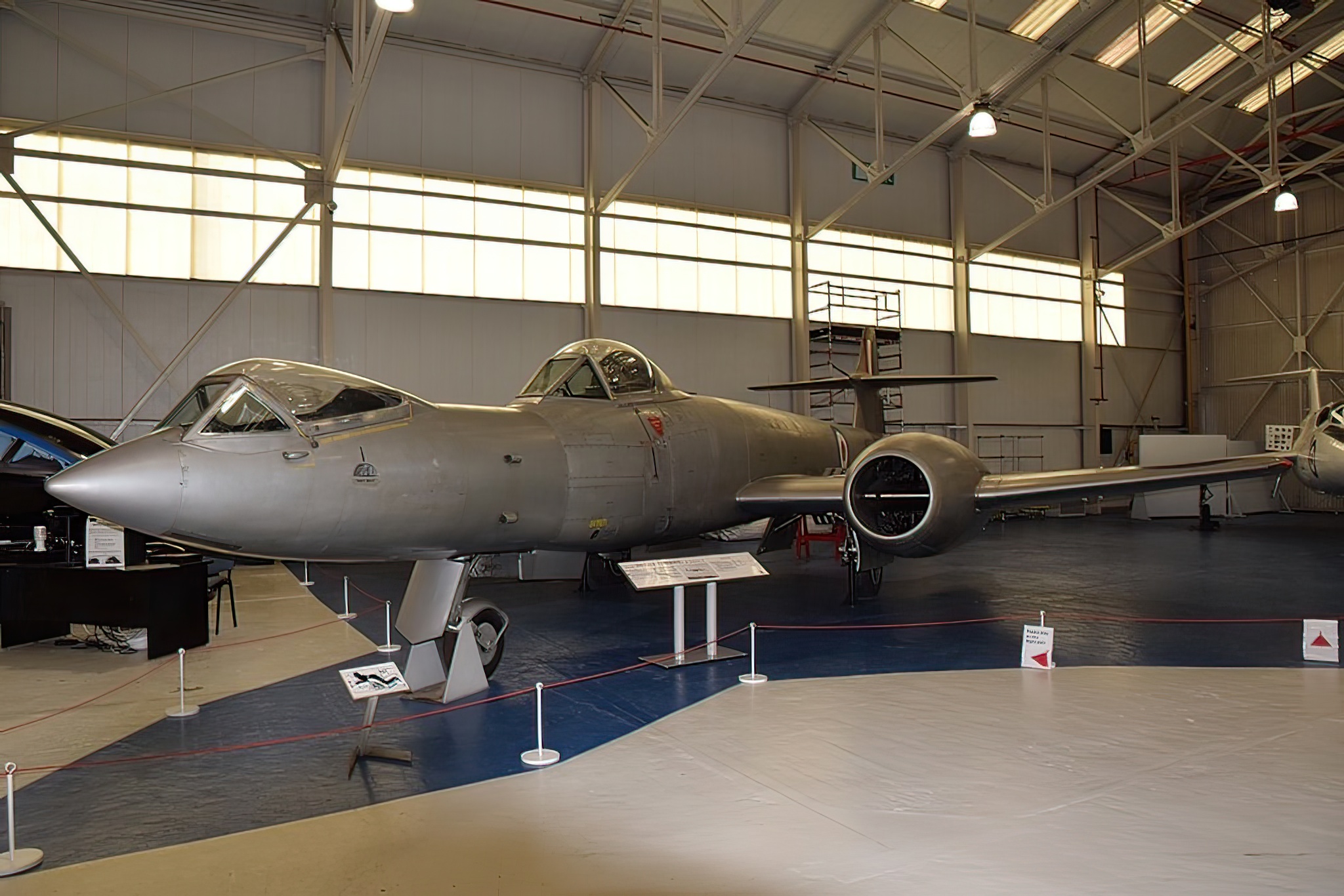
Gloster Meteor F8 (Prone Pilot), modified by Armstrong Whitworth with an additional cockpit for a prone pilot Photo: Hugh Llewelyn
The testbed made 99 flights totaling 55 hours, which showed that, although the idea was generally feasible, the difficulties in operating the aircraft faced by the pilots outweighed the concept’s benefits. In the following decades the industry preferred to deal with the gravity by developing g-suits, rather than by changing the pilot’s position so radically. The sole prone pilot Meteor has been preserved and can be found on display at the Royal Air Force Museum Midlands in Cosford, Shropshire.

